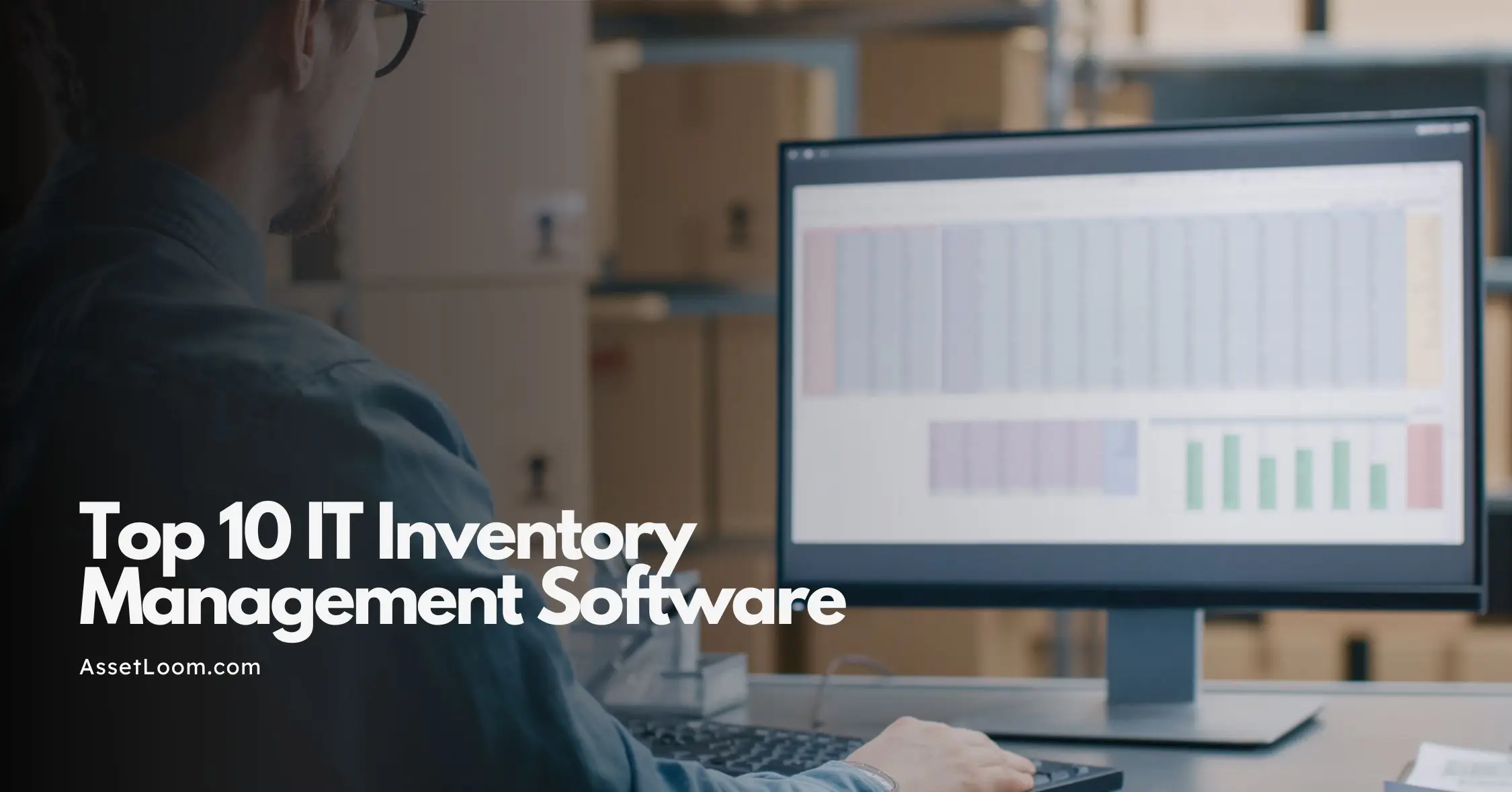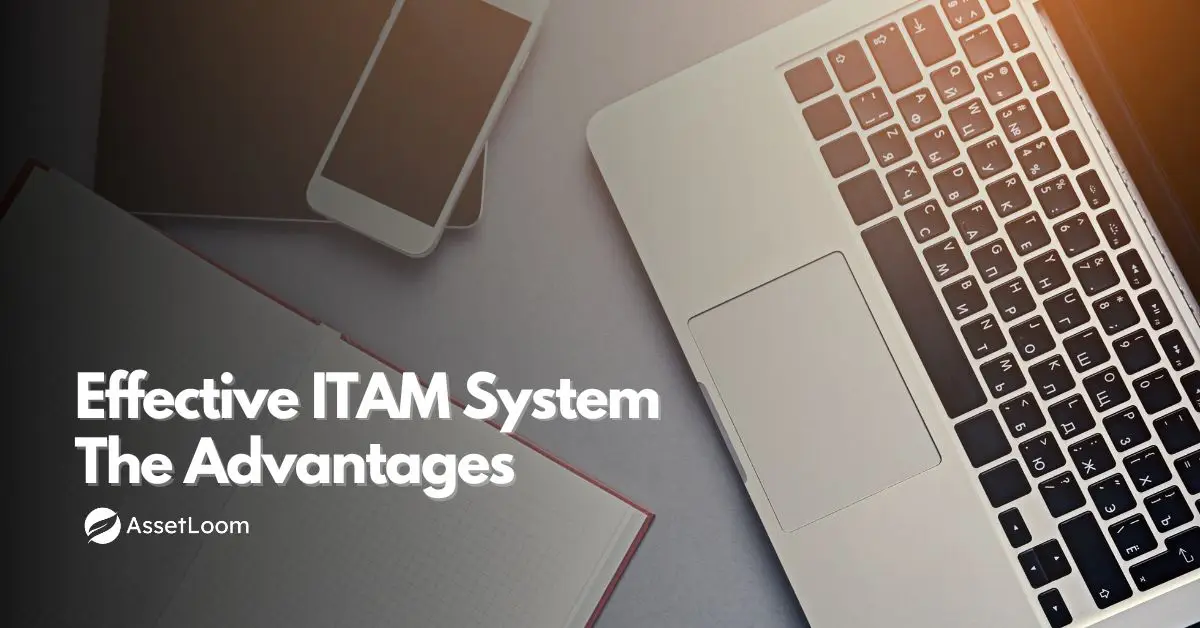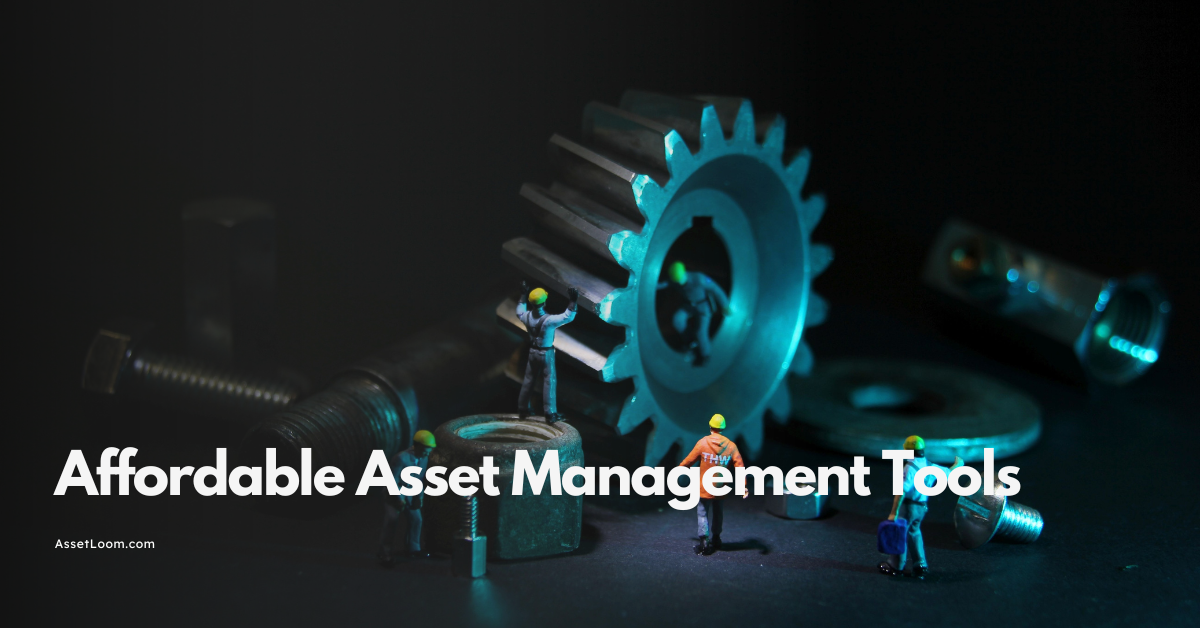Supercharge Your ITAM Strategy by Connecting On-Premise Services
Connecting on-premise services to your ITAM software boosts visibility, security, and control across all assets with AssetLoom.
You’re an IT manager at a mid-sized manufacturing company. You’ve just rolled out a cloud-based IT asset management (ITAM) system. It’s working great for tracking laptops, SaaS tools, and remote devices. Then an audit happens.
Suddenly, no one’s sure what’s going on with the old servers still running in the back room. They’re important, but they’ve been off the radar, and now it’s a scramble.
This kind of situation is more common than you’d think. While cloud adoption is growing fast, many companies still rely on on-premise infrastructure like local servers, network gear, and legacy apps.
These assets matter. But when they’re not connected to your ITAM software, they create blind spots. That can lead to poor visibility, security risks, and higher costs.
Here’s the good news: connecting your on-premise services to your ITAM platform fixes that. You get one clear view of all your assets, whether they’re in the cloud or on-site. That means better tracking, smoother audits, and smarter decisions.
The Current ITAM Landscape
Most organizations today use a mix of cloud-based and on-premise systems. Some assets are hosted in the cloud, while others are still running in offices, server rooms, or local data centers. This hybrid approach offers flexibility, but it also makes managing IT assets more challenging.
Modern IT asset management (ITAM) tools are great at handling cloud-based devices and software. They make it easy to track laptops, mobile devices, and SaaS subscriptions. However, many of these tools overlook on-premise equipment like local servers, switches, and older systems that are still essential to daily operations.
When those on-premise assets aren't included in your ITAM platform, important pieces of your environment go untracked. That can lead to several problems:
- Inaccurate records: Assets may be missed or duplicated across different systems.
- Security concerns: Devices that aren't monitored are more likely to be out-of-date or unpatched.
- Wasted resources: Without full visibility, it’s harder to avoid unnecessary purchases or spot underused equipment.
Managing IT assets in a hybrid environment doesn’t have to be messy. With the right strategy, you can connect both cloud and on-premise systems into one platform and get a complete, reliable picture of everything you own.
The Hidden Value of Integrating On-Premise Services
When you think of IT asset management, it’s easy to focus on cloud-based tools and remote devices. But the real power of ITAM comes from seeing everything, especially what’s happening on-premise.
Bringing on-premise services into your ITAM platform unlocks benefits that go beyond simple tracking. It strengthens your operations, boosts security, and helps your team work smarter. Here’s how:

1. Complete Visibility
With both cloud and on-premise assets connected, you can finally see your entire IT environment in one place. No more switching between tools or digging through spreadsheets. This gives you a reliable, real-time view of what you own and where it lives.
2. More Accurate Data
Manual tracking is error-prone. By automatically pulling data from on-premise systems, you reduce mistakes and ensure asset records stay up to date. That means better decision-making and fewer surprises during audits or upgrades.
3. Stronger Security and Compliance
Untracked assets are often unprotected. When you include on-prem systems in your ITAM, it’s easier to apply patches, monitor status, and stay compliant with regulations. You’ll be better prepared for audits and less vulnerable to risks.
4. Smarter Budgeting and Planning
Knowing exactly what assets are active, underused, or ready for replacement helps you make better financial decisions. Whether you’re managing renewals or planning a tech refresh, integrated ITAM gives you the insights you need to stay ahead.
5. Faster Troubleshooting
When a problem comes up, it helps to know exactly what’s in play. With a connected system, your team can quickly identify impacted assets, track down issues, and resolve them without wasting time or guessing.
Real-World Scenarios: What Connected ITAM Looks Like
Integrating on-premise systems into your ITAM strategy isn’t just a good idea; it’s a practical move that solves real problems. Let’s look at a few examples of how connected ITAM works in action.
1. Healthcare: Managing Legacy Servers and Compliance
A local hospital has been serving its community for decades. Over time, it’s built up a mix of modern cloud-based tools and older on-premise servers. Some of these legacy systems still store patient records and run essential internal software. Because of strict healthcare regulations like HIPAA, this sensitive data must stay on-site and can’t be moved to the cloud.
The hospital’s IT team recently adopted a cloud-based IT asset management (ITAM) system. It worked well for managing newer devices like laptops, tablets, and online apps, but the older, on-premise servers weren’t included. As a result, the team had no easy way to keep track of them. They relied on manual logs and spreadsheets, which were often outdated or incomplete.
When an audit was scheduled, the team had to scramble to locate all the on-prem servers, confirm they were secure, and prove that proper maintenance had been done. It was stressful, time-consuming, and risky.
After integrating those legacy servers into their ITAM platform using on-premise discovery tools, everything changed. Now, the hospital can:
- Automatically track and update all assets, including older servers
- Monitor system status and maintenance schedules in real time
- Generate accurate reports for compliance with just a few clicks
This simple step gave the IT team full visibility and peace of mind, knowing that every asset, whether in the cloud or on-site, is accounted for and protected.
2. Manufacturing: Tracking Critical On-Site Equipment
In a busy manufacturing plant, production depends on a mix of specialized machines, local servers, and network equipment that keep everything running smoothly. These systems are installed directly on the factory floor and play a critical role in daily operations, handling tasks like scheduling, data collection, and machine monitoring.
To improve asset tracking, the company rolled out a cloud-based ITAM solution. It worked well for office devices like laptops and software licenses, but it completely overlooked the on-site infrastructure. The machines and local servers weren’t connected, which made them hard to monitor or manage.
This led to a few key problems:
- When a system failed, it took time to figure out what went wrong and which assets were involved
- Maintenance was reactive, not scheduled, leading to costly downtime
- Older equipment wasn’t replaced on time, simply because no one realized it was still in use
After connecting their on-premise systems to the ITAM platform using built-in discovery tools, the company saw immediate improvements:
- All on-site equipment is now visible and tracked alongside cloud assets
- Maintenance is planned based on real data, reducing breakdowns
- The team knows exactly what they have, so they avoid unnecessary spending
With everything finally in one place, the company runs more efficiently and can keep production on track with fewer disruptions.
3. Financial Services: Supporting High-Security Infrastructure
A financial services firm handles sensitive data every day, including customer information, transactions, and regulatory reports. Because of strict industry rules and internal security policies, many of their systems are required to stay on-premise, including core databases and transaction processing servers.
To improve efficiency, the IT team introduced a cloud-based ITAM system to manage devices like employee laptops and cloud applications. But the on-premise infrastructure, arguably the most critical part of their environment, was left out. These systems weren’t being monitored through the ITAM platform, which made it harder to ensure compliance and track changes.
This created several risks:
- Security teams had limited visibility into high-risk, on-prem systems
- Compliance reporting required extra manual work to track down asset information
- IT staff had to switch between tools to manage different parts of the environment
To close the gap, the firm used AssetLoom’s secure discovery tools to connect their on-premise infrastructure to their ITAM system, without exposing sensitive data or violating security protocols.
Now, they can:
- Monitor all IT assets, including on-premise servers, from one secure platform
- Keep records updated automatically for audits and compliance checks
- Respond faster to security incidents with full asset visibility
For a company where security and compliance come first, connecting on-premise services has helped reduce risk and improve control, while keeping everything streamlined and efficient.
Conclusion
Connecting on-premise services to your IT asset management platform isn’t just a technical upgrade; it’s a strategic move. It gives your team complete visibility, stronger security, and the tools to manage all assets in one place, no matter where they live.
Many industries still rely on on-premise systems as a critical part of their IT environment. Leaving them out of your ITAM strategy creates blind spots, increases risk, and makes your job harder than it needs to be.
AssetLoom is built to close that gap. Secure, flexible integration tools make it easy to track on-premise and cloud-based assets together, giving you clarity, control, and confidence in your asset management process.

Related Blogs
Subscribe for Expert Tips and Updates
Receive the latest news from AssetLoom. right in your inbox


